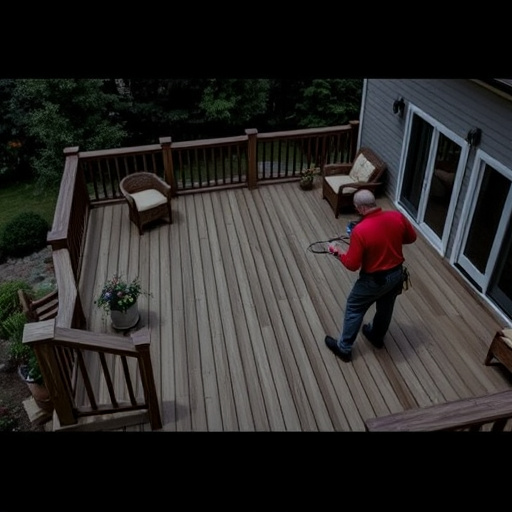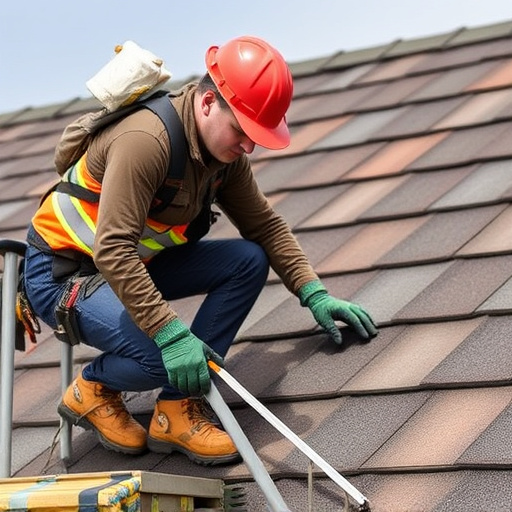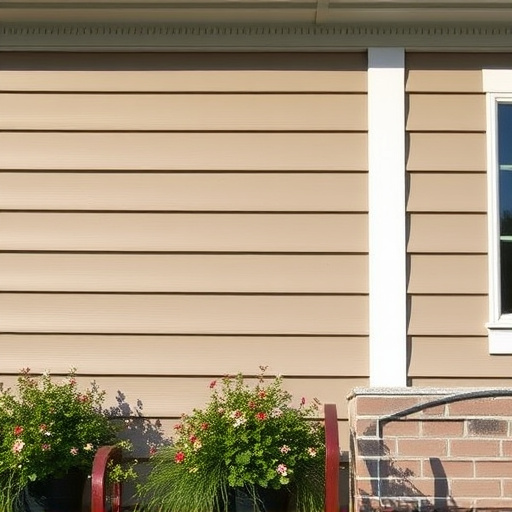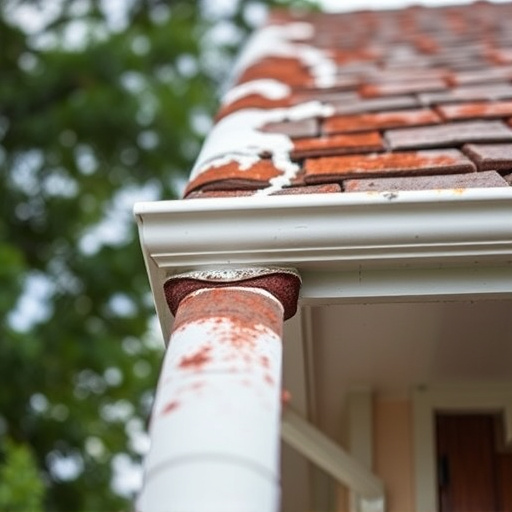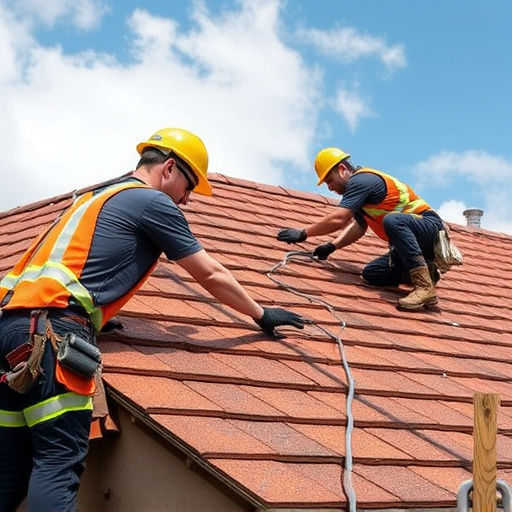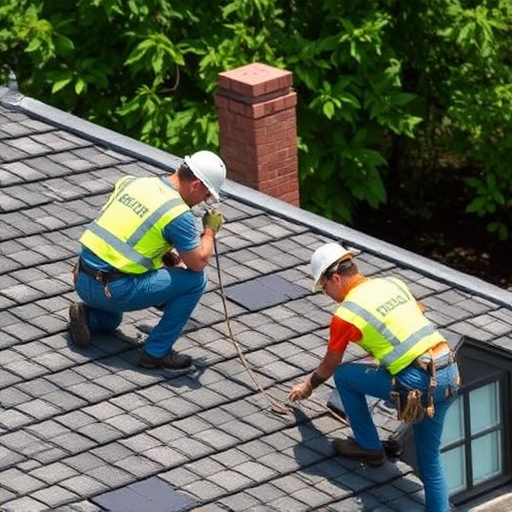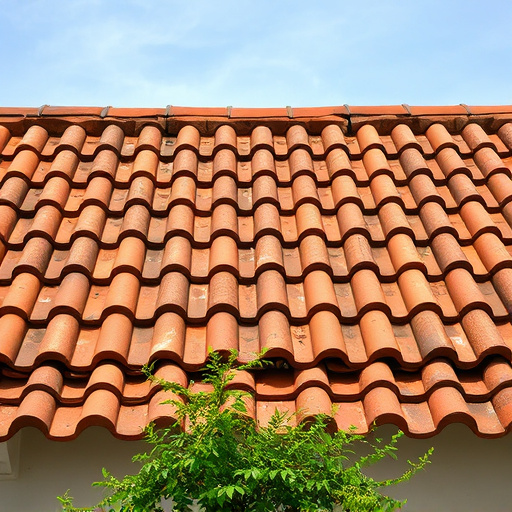Gutters protect homes from water damage but can suffer corrosion, cracks, and separation. Regular inspections reveal issues early. Repairs may seem cheaper short-term but accumulate costs over time. Replacements offer long-term savings, better drainage, and reduced future siding costs. Modern gutter materials like aluminum are durable, corrosion-resistant, and come with warranties. Environmental sustainability and longevity should be considered when deciding between repairing or replacing gutters, with modern materials offering superior performance and reduced environmental impact.
When it comes to gutter installation, knowing when to replace or repair is crucial. This decision impacts not only your home’s structural integrity but also your budget and environmental footprint. Gutters are essential for diverting water away from your property, preventing damage to roofs, walls, and foundations. Understanding common issues like clogs, leaks, and corrosion helps in making informed choices between costly replacements or efficient repairs.
- Understanding Common Gutter Issues and Their Impact
- Cost Comparison: Repair vs. Replacement
- Environmental and Longevity Considerations for Decisions
Understanding Common Gutter Issues and Their Impact
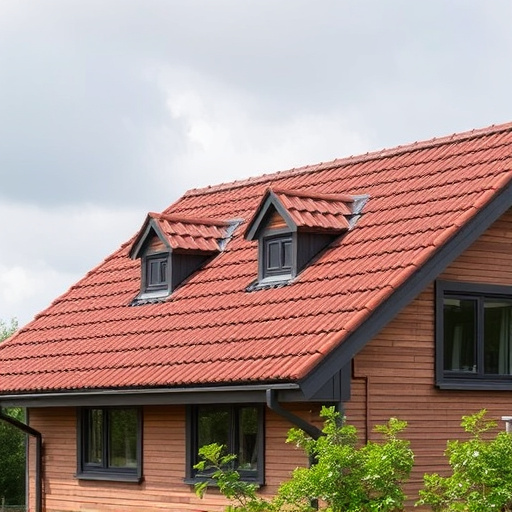
Gutters play a vital role in protecting your home from water damage, so it’s crucial to recognize when common issues require replacement or repair. Over time, gutters can sustain various damages like corrosion, cracks, bends, and separation from the roof, leading to clogs and inefficient water flow. Corrosion, particularly from exposure to harsh weather conditions and chemical cleaners, weakens the structural integrity of gutters, making them susceptible to leaks and collapse. Cracks and bends cause blockages that hinder water drainage, potentially leading to siding repairs or even commercial roofing issues if left unaddressed.
Regular inspections by a roof consulting service can help identify these problems early on. Promptly addressing gutter damage is essential to prevent further complications. While repairs can extend the life of existing gutters, heavily damaged or outdated systems often require replacement for optimal performance and to avoid costly future repairs related to water damage, siding, or commercial roofing.
Cost Comparison: Repair vs. Replacement
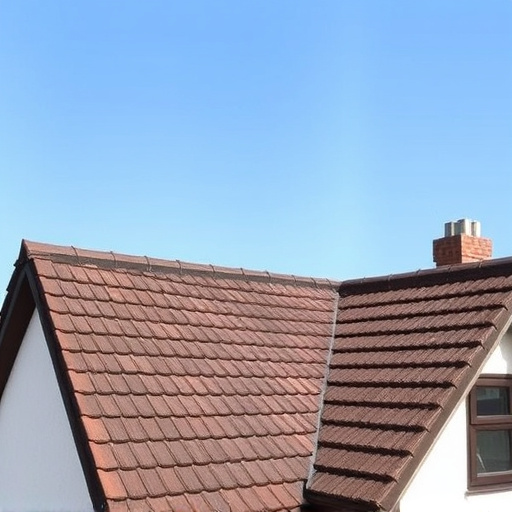
When considering gutter installation repairs versus replacements, a thorough cost comparison is essential. Initially, repairs might seem like the more economical option, especially for minor issues like bent sections or blocked debris. Quick fixes like these can extend the life of your existing gutters and are often less expensive than complete replacement. However, as time goes on, frequent repairs can accumulate significant costs, potentially surpassing the price of a new gutter system.
In the long run, replacing gutters might be the more cost-effective roofing solution. While the initial investment is higher, a new gutter installation can withstand harsh weather conditions, including intense storms and high winds, which often cause damage that requires frequent repairs. A replacement also ensures better drainage, reducing the risk of water damage to your siding or foundation—a common consequence of storm damage repair. Moreover, modern gutter materials offer improved durability and come with warranties, providing long-term savings compared to continuous siding replacement due to damage from poor drainage.
Environmental and Longevity Considerations for Decisions

When considering whether to replace or repair your gutter system, environmental and longevity factors play a significant role in your decision-making process. The durability and material of your gutters have a direct impact on their lifespan and how well they withstand the elements. Modern gutter materials like aluminum offer superior resistance to corrosion and damage compared to traditional options, ensuring longer-lasting performance. This is particularly important when dealing with storm damage repair, as robust gutters can protect your home from water intrusion and potential siding repairs.
Additionally, environmentally conscious homeowners may prefer replacing old gutters to minimize the environmental impact of disposal and lower the carbon footprint associated with new siding installation. Longevity considerations are also crucial; older gutters that have reached their limit might require more frequent storm damage repair or even permanent replacement to avoid costly and inconvenient disruptions.
When deciding between replacing or repairing gutters, consider both immediate needs and long-term sustainability. By understanding common issues, comparing costs, and weighing environmental factors, you can make an informed choice that optimizes your home’s protection and minimizes waste. Whether it’s a quick repair or a full replacement, proper gutter maintenance is essential for any homeowner, ensuring a durable and efficient system that serves both your property and the environment.


